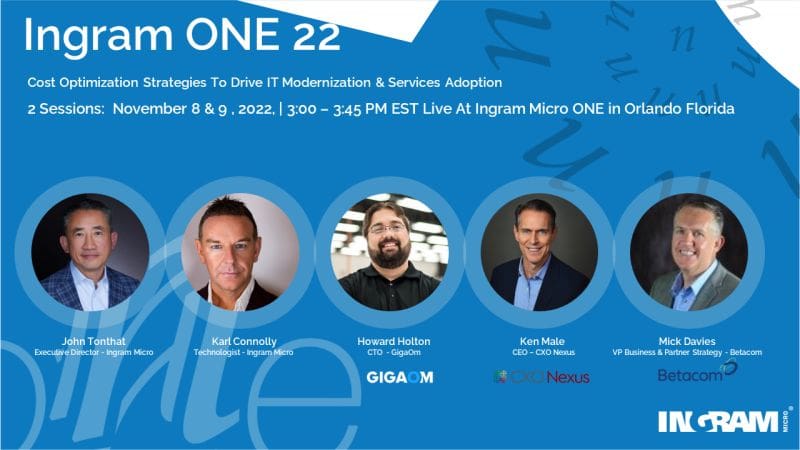Will AI Take Your Job? Skill Shifts and AI Adoption
By: Van Leaming
Date: February 21st, 2019
[wd_hustle id=’socialsharecopy’ type=’social_sharing’/]
Most of the information in this blog post comes from the McKinsey Global Institute’s discussion paper on Skill Shift Automation and the Future of the Workforce. I encourage you to take a look for yourself and see how artificial intelligence (AI) and machine learning are going to change your business.

Past Skill Shifts
The Industrial Revolution and the Spinning Jenny.
Before we talk about how AI will shape the world, let’s talk about how the Spinning Jenny changed the world. In the late 18th century (around 1722-1778), James Hargreaves created the Spinning Jenny which was a revolutionary machine that could manufacture multiple spools of thread at once. Up until its creation, the only people that made spools of thread were entrepreneurial households that would spin spools of thread by hand. This one invention took the hard work of entrepreneurs and put it in the hands of any unskilled person. It increased the number of spools created in an hour by 8x while simultaneously increasing the profitability through efficiency and decreasing the knowledge needed to do the job. And overnight, there was a skill shift.
 Future Skill Shifts
Future Skill Shifts
-
What will AI affect? Blue Collar, White Collar, or a New Collar?
Short answer, we don’t know. But, McKinsey Global Institute (MGI) does a great job of predicting what should happen. Potentially, we could see a skill shift like the one that we saw with robots and computers. Robots and computers allowed one person to do the job of 10 people. Manufacturing, mining, and almost every business now use robots or computers. This shift, that started in the 1970s, was completely different from the industrial revolution. Instead of increasing the efficiency of low skilled workers and expanding job possibilities for blue collar workers, the creation of computers and robots reduced blue collar/middle-wage jobs. According to MGI, those middle-wage households declined by 18% from the ’70s until 2015. Physical and manual skilled jobs decreased from 61% to 50%. These blue collar/middle-wage households were affected dramatically in just a few years. This skill shift change was noticeable, to say the least.
What about more recently? MGI has found that the US will have a skill shortage of up to 250,000 data scientists in the next couple of years. Where are these companies, that rely on data scientists, going to find who they are looking for? Education, continually learning and utilizing employees that don’t currently have those skills. But that’s easier said than done. According to MGI, 23% of the UK doesn’t have basic digital skills even though 90% of new jobs require these skills. That’s a scary number that is hard to conceptualize especially when everything we interact with being digital.
-
Early Adopters of AI and Machine Learning

The largest increase in technological skills will be basic digital skills and advanced IT skills (69% and 91% increase respectively). With most jobs being automated, the workforce is going to have to be retooled. Even specific skills are going to be eliminated. Financial reporting, accounting, actuarial sciences, insurance claims processing, credit scoring, loan approval, and tax calculation can all be easily eliminated by AI and machine learning. In just the financial reporting field, at one bank, processing was cut from 10 days to just four days and 70% of jobs were automated according to MGI. These numbers are staggering given the business model of a bank. With all those jobs going to AI and machine learning, you would think that the number of employees went down, but it didn’t.
It turns out that while AI and machine learning has the potential to eliminate jobs, it also has the potential to create the same, or even higher, number of jobs. According to MGI, 77% of companies that responded to their survey says that the adoption of AI will have no effect on their number of employees. Only 6% of responders think that it will decrease their number of employees. Why would this be the case? Well, thanks to the efficiency of AI and machine learning systems, employees will be free to add value to the company in many other ways.
In the energy and mining industry, the skill shift change from AI and machine learning has already taken place. Those that have already adopted the new tech have seen increases in tapping into new reserves, increasing extraction efficiency, and optimizing material and equipment flow according to MGI. Some companies are already moving to fully automated extraction operations and they are benefiting from it greatly. MGI says it’s very possible that there might be a “winner take all” scenario that could happen around AI and machine learning. Companies that are early adopters could reap all the rewards and gain market share from the increased revenue, decreased user interface, and better forecast equipment maintenance.
So how much should you invest in AI and machine learning technologies? 66% of the companies that are considered early adopters in MGI’s survey said that they invest more than 25% of their investment budget into AI and machine learning tech. Among those early adopters, 77% reported revenue increases by more than 10%. Combine ROI and the “winner takes all” scenario and it’s an easy choice whether you should invest in AI and machine learning technologies.
CXO Nexus and AI
Here at CXO Nexus, we help you work toward this “winner takes all” scenario. We provide our clients with a purpose-built tool that utilizes AI and machine learning to gain real-time transparency into your IT through our visualized CIO heat map. Current financial systems do not have the ability to organize and categorize vendor spend data. Using our Visual Fusion Engine™ (VFE™), we classify, standardize, and normalize your IT vendor spend data.
According to MGI’s survey, up to 20% of executive teams lack the skills to implement AI and machine learning into their operations. Over time, these teams will be able to retool and build a business model around AI implementation. In the meantime, our Visual Fusion Engine™ allows any organization to quickly implement AI and machine learning intelligent systems. The CXO Nexus AI based platform accelerates CXO effectiveness to make increasingly smarter and faster decisions with less risk. Save money, grow and innovate.
So which side of this wave do you want to be on? All the research is pointing towards AI and machine learning being the wave of the future where early adopters prosper as well as those with a technological skill set.
Send us an email or a message on LinkedIn to learn how our AI and machine learning systems are helping companies prosper.
CONTACT
Steven Hackenburg
Chief Development Officer







